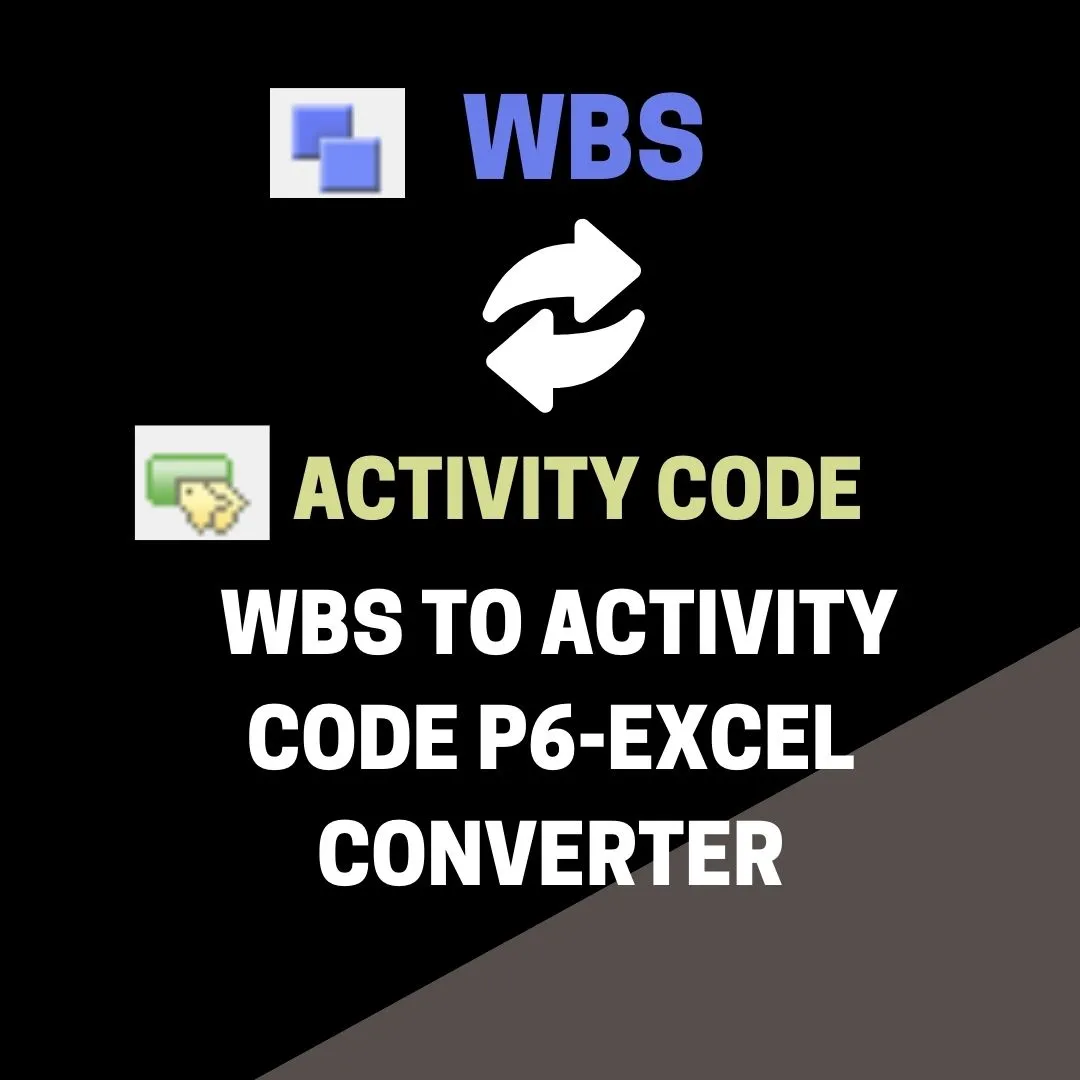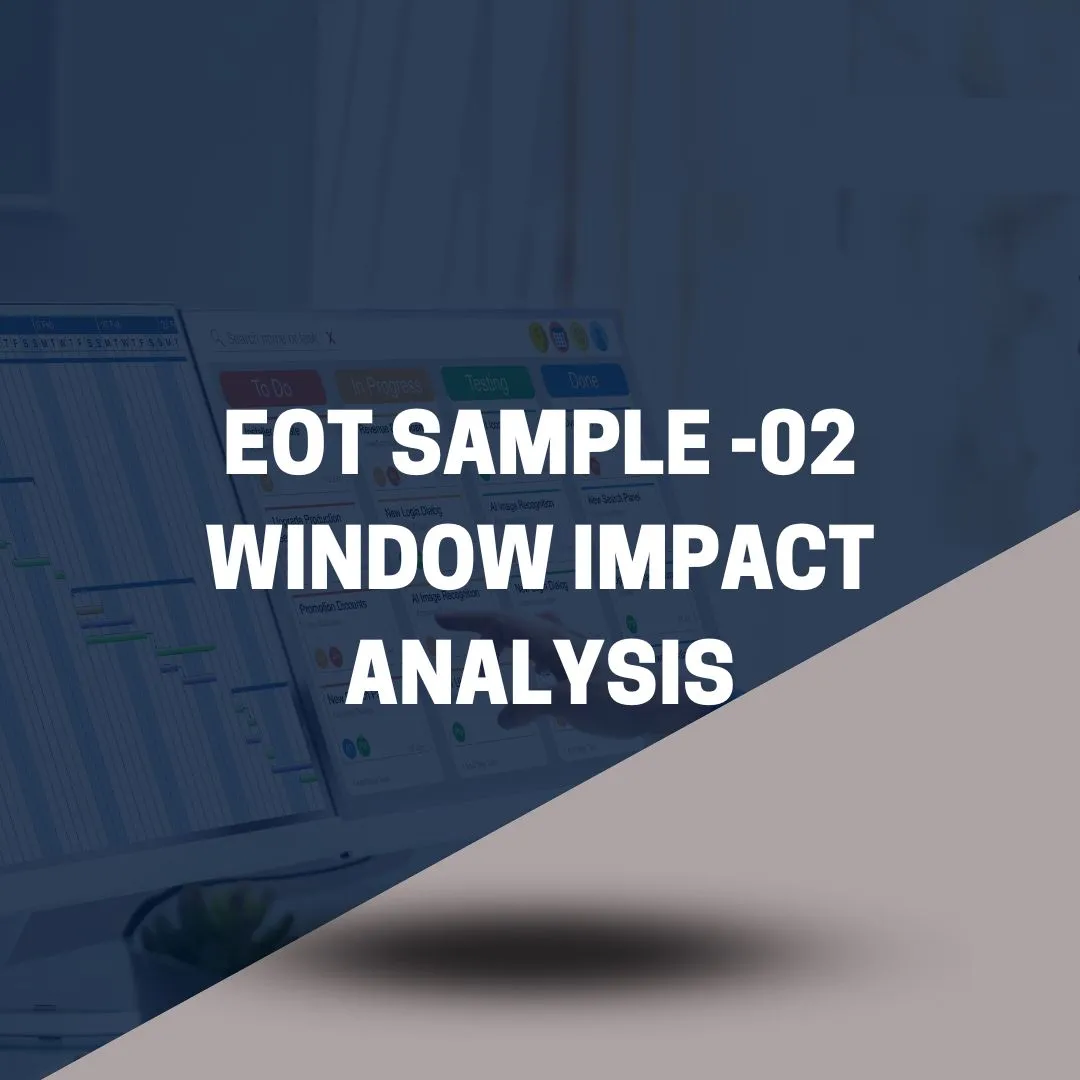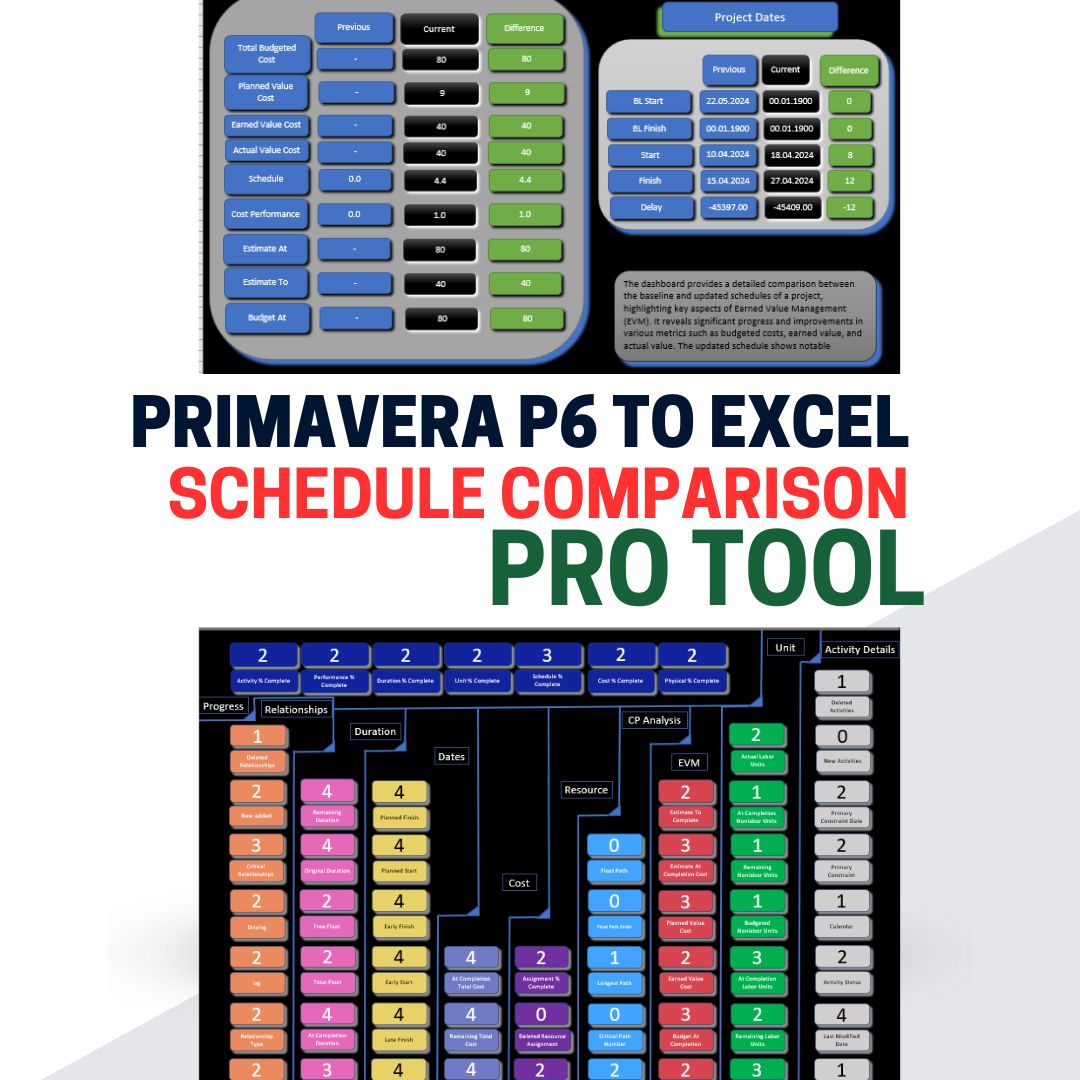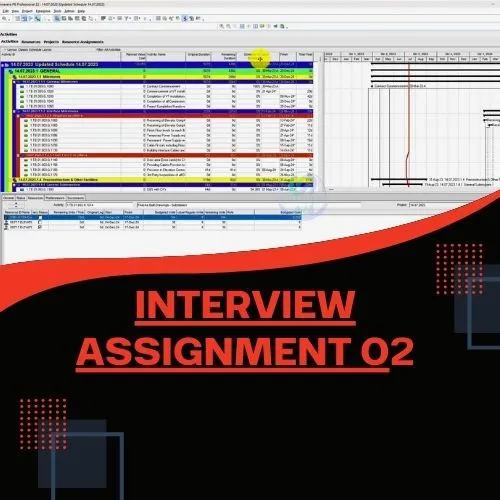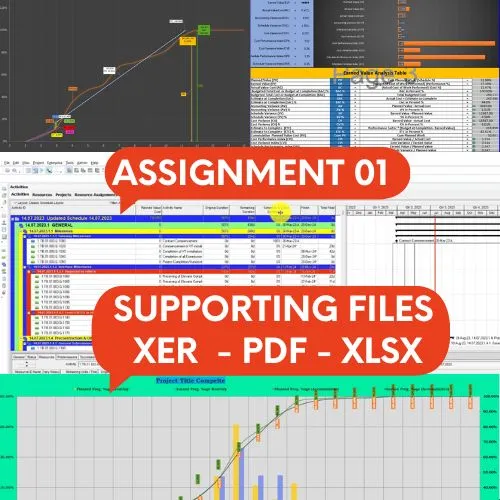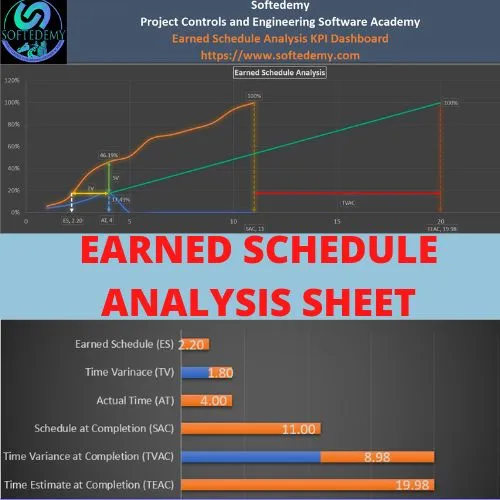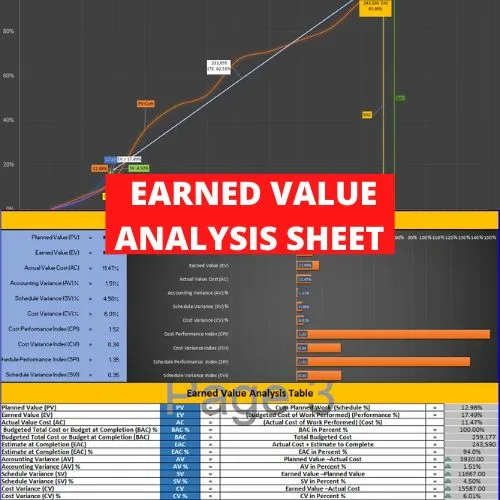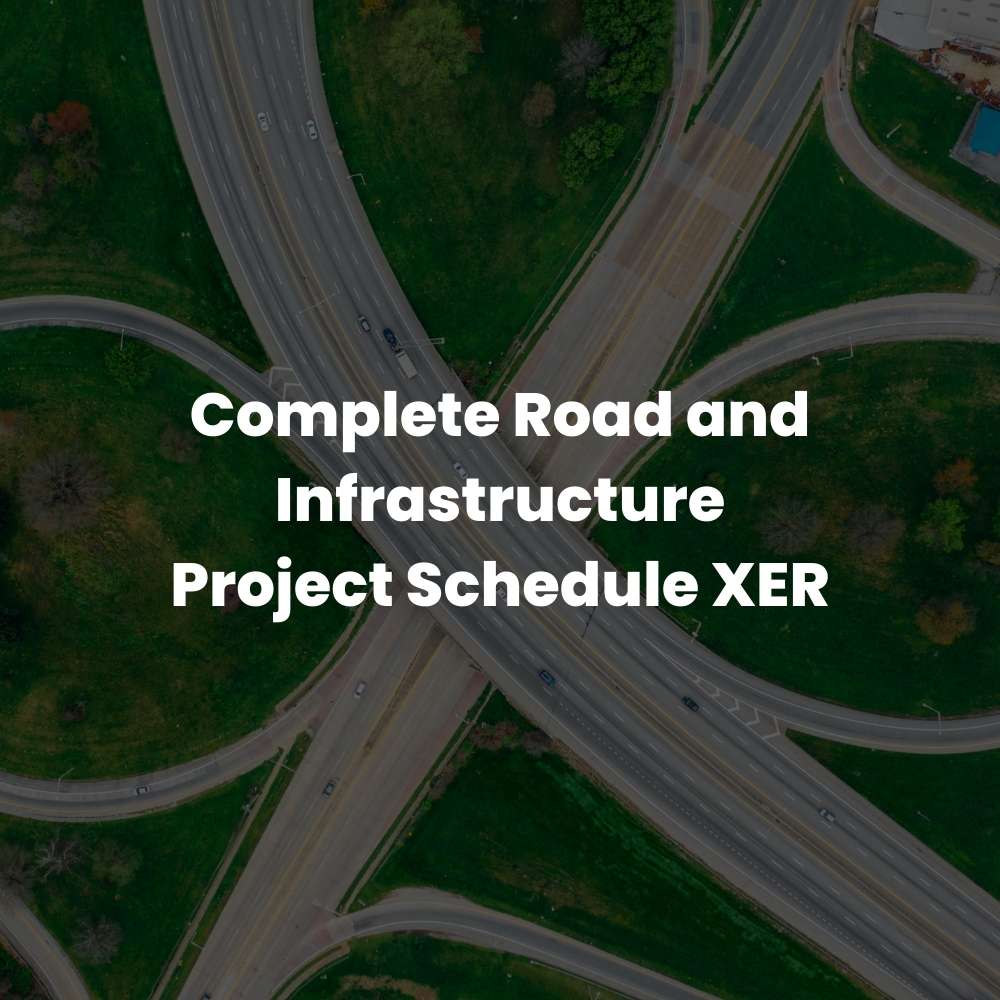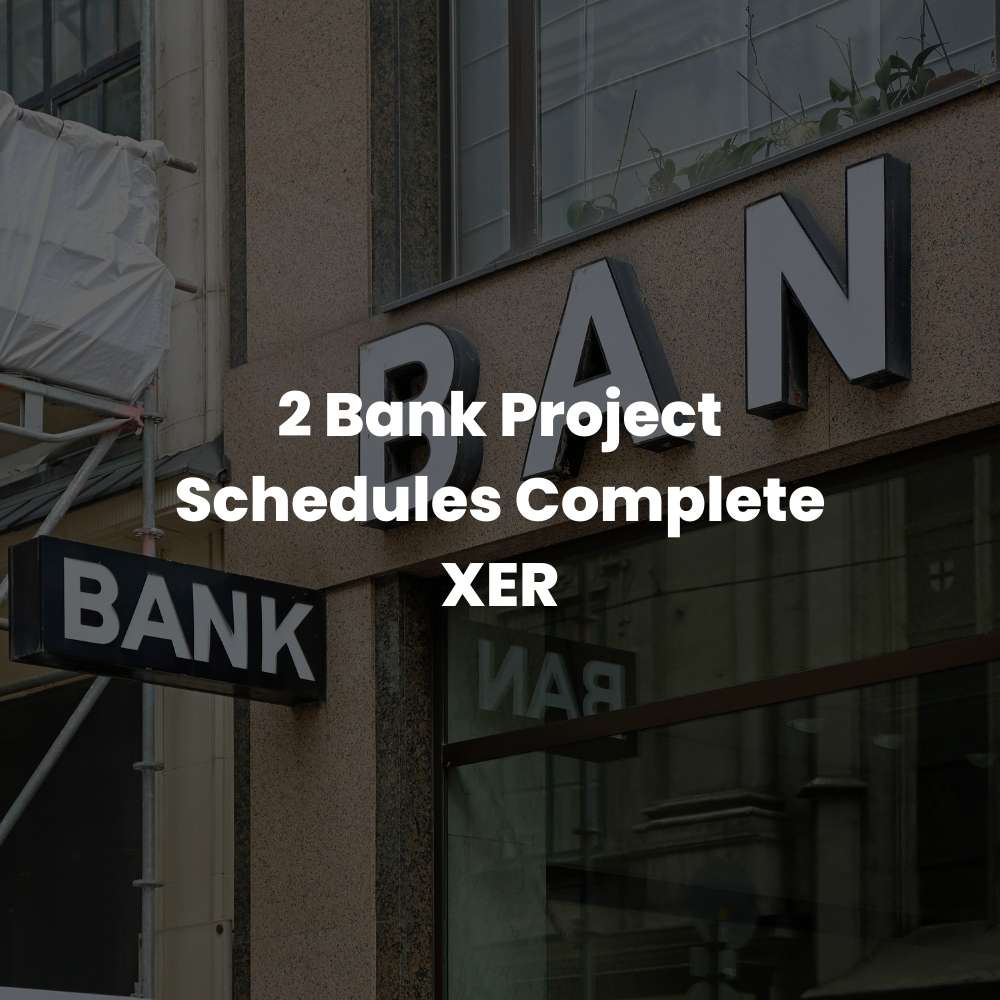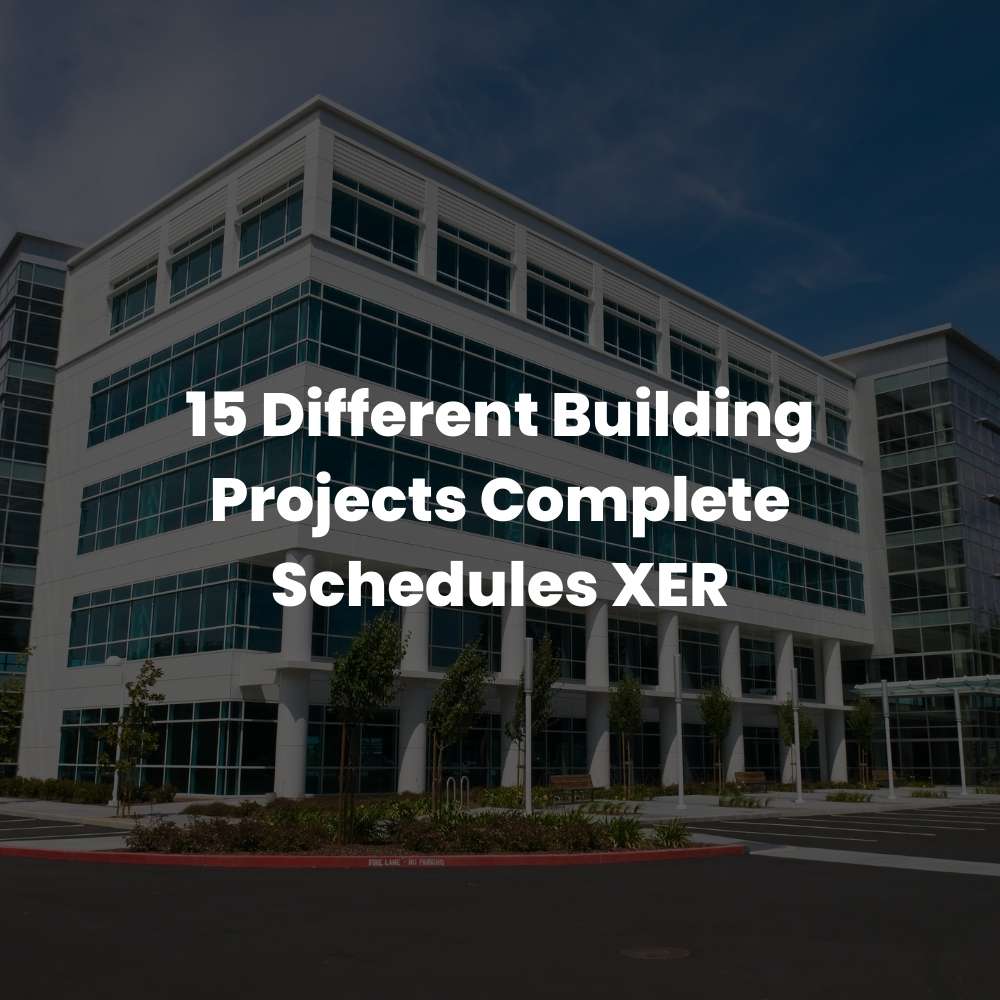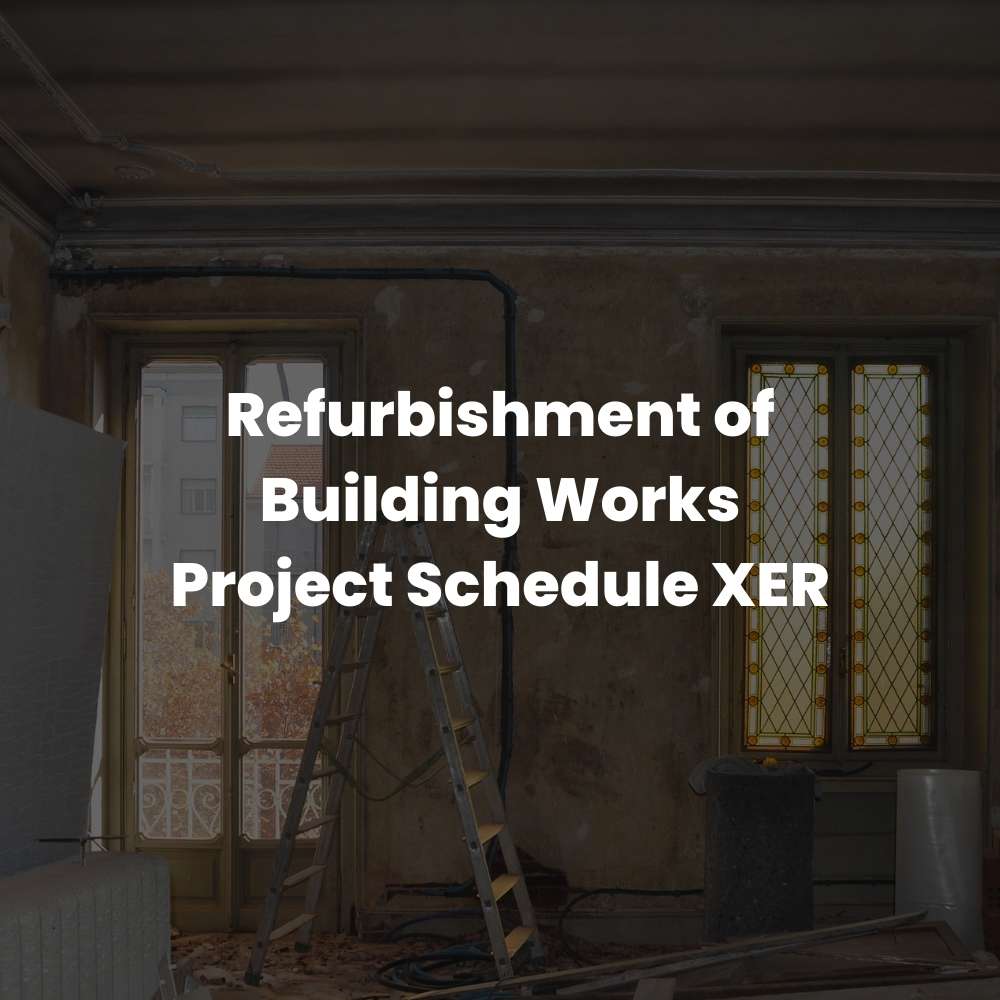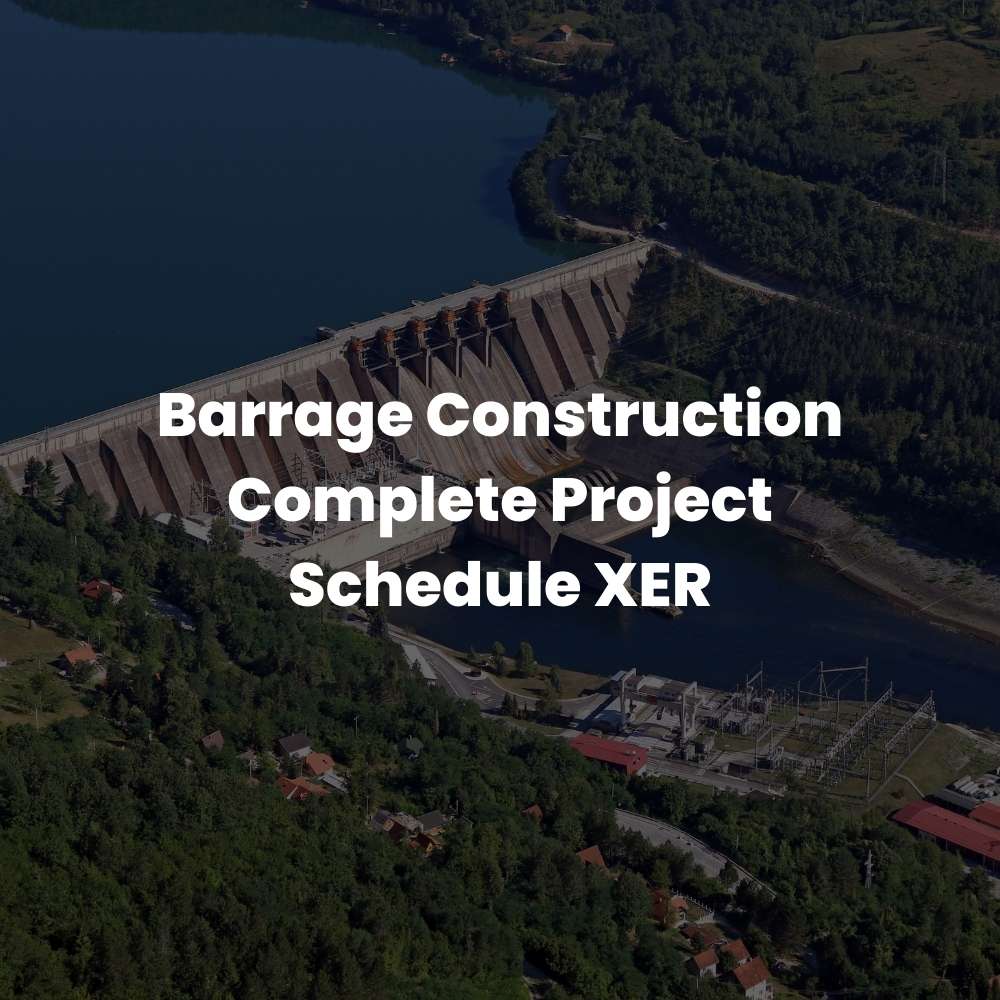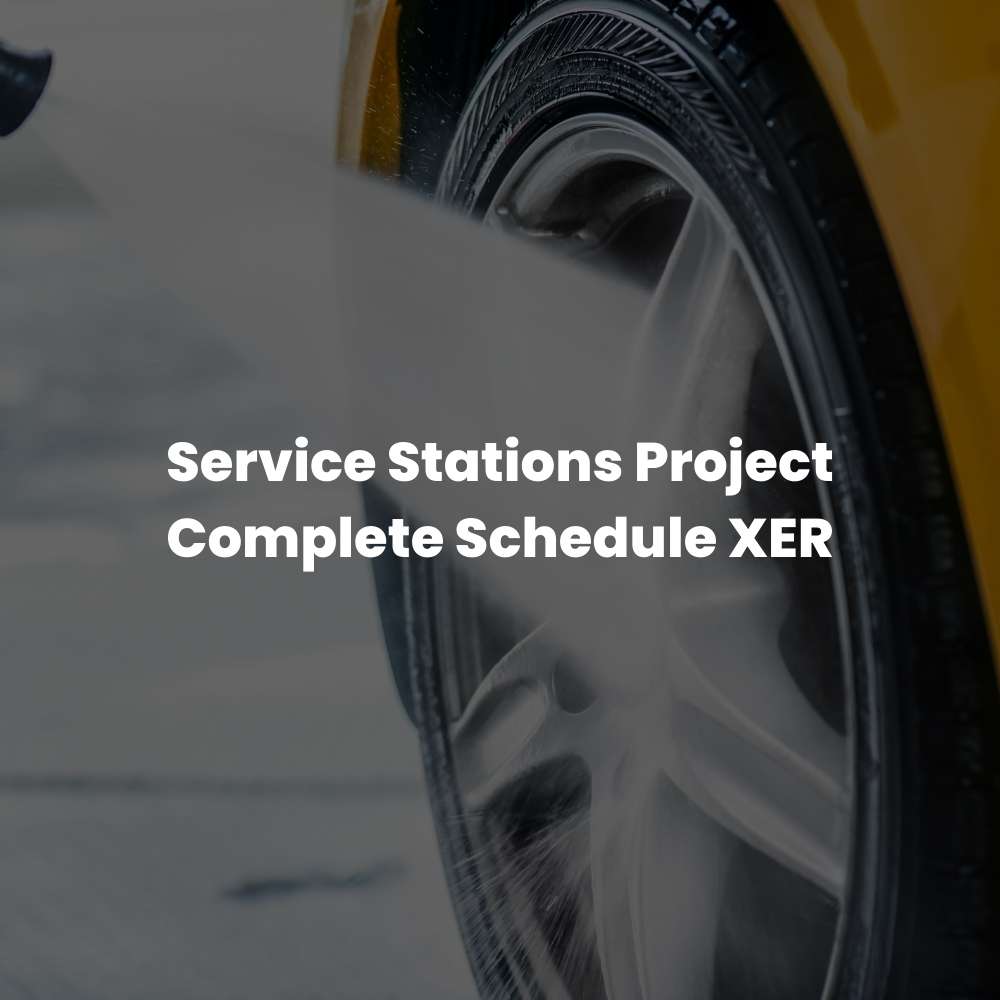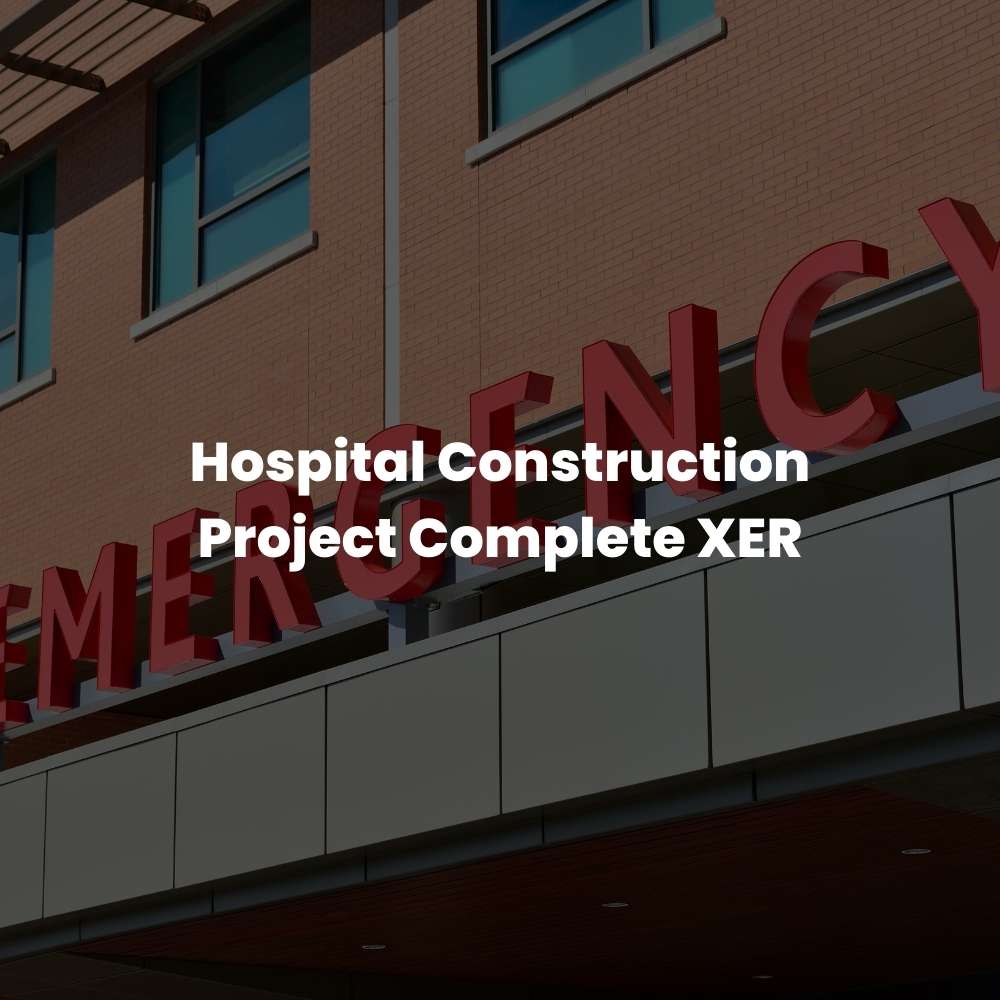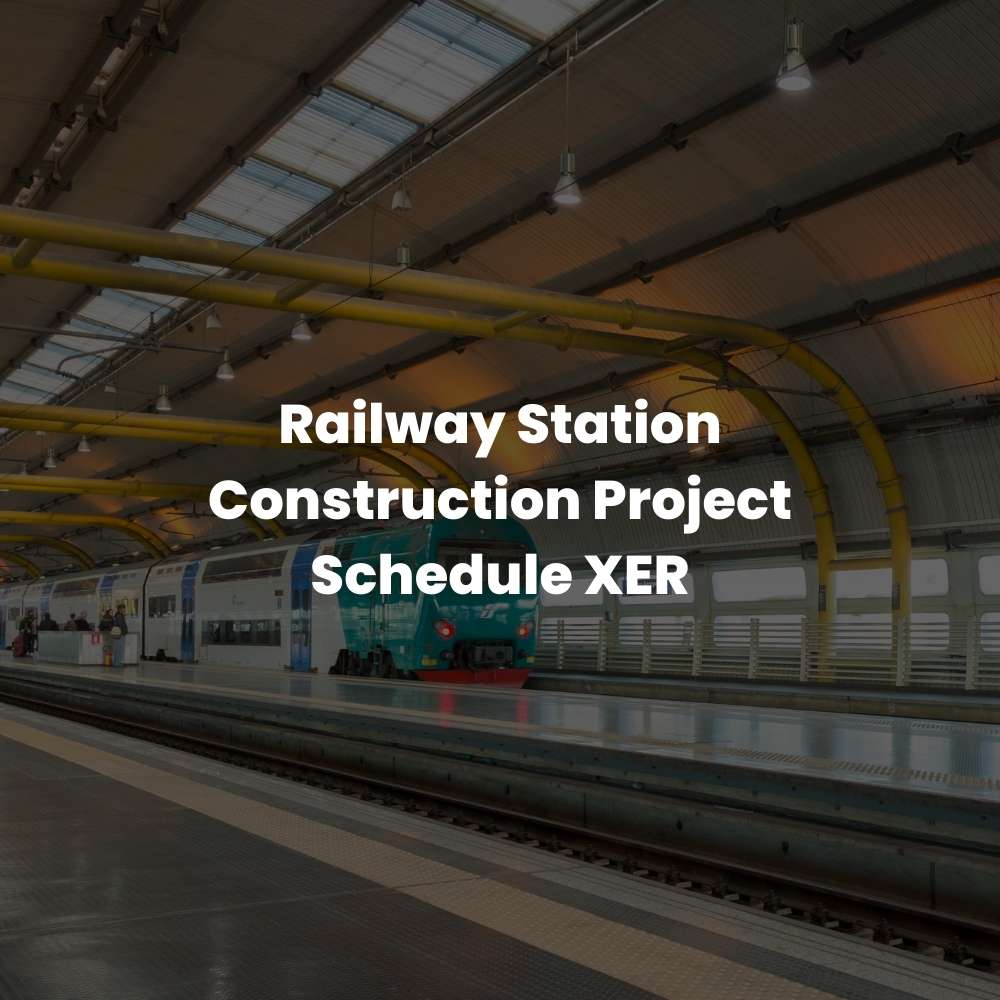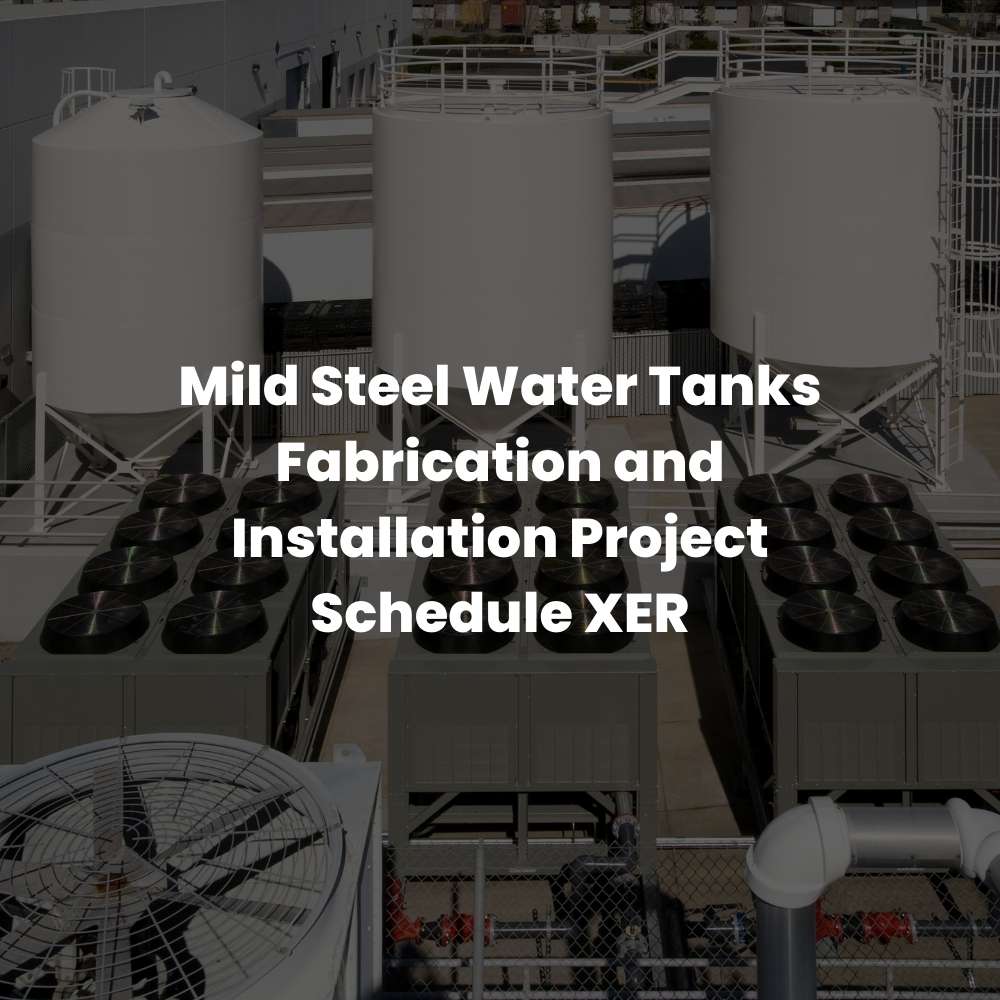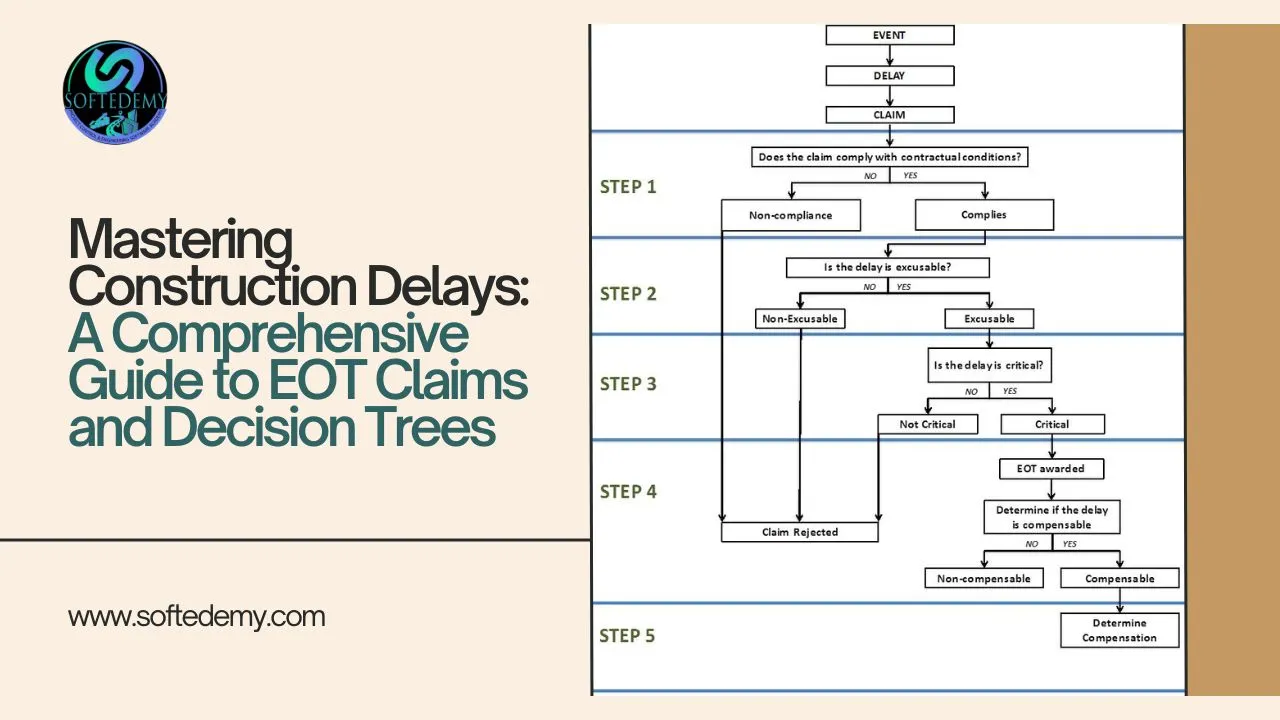Step 1: Initial Claim Assessment
Event
An event occurs that potentially impacts the construction schedule. This could be due to various reasons such as unforeseen site conditions, changes in design, weather conditions, or other external factors.
Delay
The delay must be identified, quantified, and documented. This involves recording the start and end dates of the delay, and its impact on the project timeline.
Claim
A formal claim is submitted by the contractor to the client or project owner, detailing the delay and requesting an Extension of Time (EOT).
Decision Point: Does the claim comply with contractual conditions?
No: Claims must comply with the conditions specified in the contract. This typically includes timely notification of the delay, provision of sufficient documentation, and adherence to prescribed formats. Non-compliance results in claim rejection.
Yes: If the claim complies with contractual conditions, it proceeds to Step 2.
Example: A contract may require the contractor to notify the client within 14 days of the delay event. If this notification is not provided within the stipulated period, the claim can be rejected for non-compliance.
Step 2: Excusability Assessment
Decision Point: Is the delay excusable?
No: Non-excusable delays are those for which the contractor is responsible. Common examples include poor project management, inadequate resources, or delays caused by subcontractors. Non-excusable delays lead to claim rejection.
Yes: Excusable delays are beyond the contractor’s control and may include acts of God, client-initiated changes, or delays caused by other contractors. If the delay is excusable, it proceeds to Step 3.
Example: A severe storm causing flooding on the construction site would generally be considered an excusable delay if it was unforeseeable and beyond the contractor’s control.
Step 3: Criticality Assessment
Decision Point: Is the delay critical?
No: Non-critical delays do not affect the project’s critical path, meaning they do not impact the overall project completion date. Such delays are not eligible for EOT and are rejected.
Yes: Critical delays affect the critical path and consequently the project completion date. Critical delays proceed to Step 4 where an EOT is considered.
Example: A delay in the delivery of non-essential materials that do not affect the overall project timeline is considered non-critical. Conversely, a delay in the foundation work that holds up subsequent construction activities would be critical.
Step 4: Compensability Assessment
Decision Point: Determine if the delay is compensable
No: Non-compensable delays may be excusable but do not result in financial compensation. The contractor receives an EOT but no additional payment. These often include delays due to client changes without significant cost implications.Yes: Compensable delays result in financial loss or additional costs for the contractor. These delays warrant both an EOT and compensation. This typically includes delays due to client-directed changes, unforeseen site conditions requiring extra work, or regulatory changes increasing costs.
Example: A client requests a change in design midway through the project, causing a delay and additional costs for the contractor. This would typically be compensable.
Step 5: Compensation Determination
Determine Compensation For compensable delays, the amount of compensation is calculated based on documented additional costs incurred by the contractor. This includes labor, materials, equipment, and potentially overhead costs.
Key Factors Considered in Compensation:
Direct costs: Additional labor, materials, and equipment costs directly attributable to the delay.
Indirect costs: Overhead and administrative costs resulting from the delay.
Impact costs: Costs related to the extended duration of the project, such as extended site management and facilities costs.
Example: If a project is delayed due to a client’s design change, the contractor may incur additional labor costs to accommodate the change, which are then calculated and compensated accordingly.
Summary
- Non-compliance: Immediate claim rejection due to not meeting contractual conditions.
- Non-excusable Delay: Claim rejection as the delay is contractor’s responsibility.
- Not Critical Delay: Claim rejection as the delay does not affect the project’s critical path.
- Excusable, Critical, Non-compensable Delay: EOT is awarded, but no compensation.
- Excusable, Critical, Compensable Delay: EOT is awarded, and compensation is determined based on the additional costs incurred.
Practical Implementation and Industry Practices
- Contractual Conditions: Ensure all contractual conditions are clear and well-documented. Contracts should specify the procedure for notifying delays, documenting impacts, and submitting claims.
- Documentation: Maintain thorough records of all events, delays, and impacts. This includes daily logs, communication records, and any correspondence with clients.
- Communication: Regular communication between the contractor and client is crucial. This helps in promptly addressing potential delays and mitigating their impacts.
- Delay Analysis: Use delay analysis techniques such as Critical Path Method (CPM) and Time Impact Analysis (TIA) to objectively assess the impact of delays on the project schedule.
- Negotiation and Mediation: Often, delays and claims can be resolved through negotiation or mediation before proceeding to formal arbitration or litigation.

Leave a Reply
You must be logged in to post a comment.







